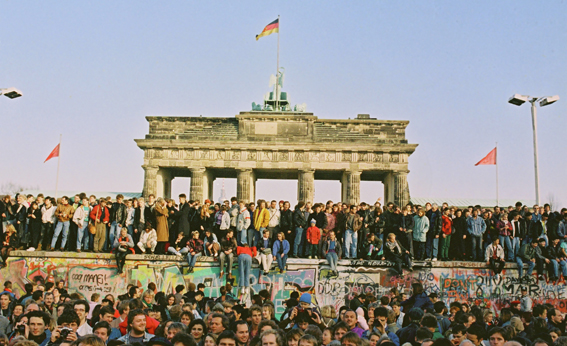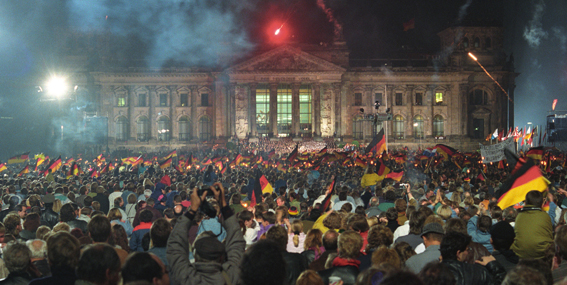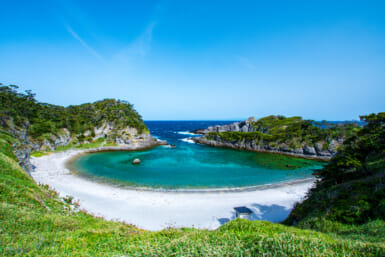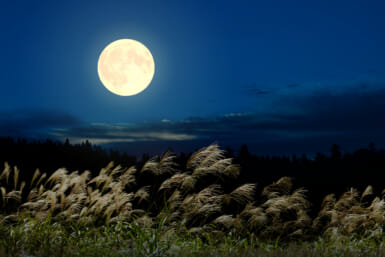Twenty years after the fall of the Berlin Wall, the country thrives as an international tourist destination, says Tim Stevens.
When the Berlin Wall was built in 1961, escalating the Cold War, the world reeled in shock and horror, which soon turned to utter dismay, fear, and sorrow. Over a quarter of a century later, after many tales of dramatic escapes and untold failures of the former regime, the wall was thankfully breached. No celebrations could be enough to reflect the enormity of a truly great event that touched so many people. The jubilation reached not only the populations of East and West Germany, but the people of the entire world.
I was in Munich a month after the great event, enjoying a flagon of beer in a historic beer keller. In ordinary times these bars are an essential part of enjoying life in Germany, where a good and relaxing time is had by all, the atmosphere always convivial and conversations bubbling along with the beer. The fall of the wall was still being celebrated as though it had happened that very day, both by the regulars and by their previously banished cousins from the former East Germany. My companions at the long table turned out to be a family of East Germans just making the trip to prove to themselves that they were free at last. Beer and conversation flowed—spoken mainly in English for my benefit—but at one point they put their heads together in a little huddle and spoke in German. It turned out that they were trying to decide whether to sleep in a hostel or have some more beers and sleep at the railway station. I bought the beers, only for the father in the party to burst into tears, saying that he had been a prisoner in his own country for over 25 years. It was an evening never to be equalled, much less forgotten. The unification saw the capital city move from Bonn back to Berlin in 1991, since which time the latter has taken a lead in commissioning architects to produce some striking modern buildings. Daniel Libeskind’s stunning Jewish Museum was opened before the exhibits were brought in and was so popular that the construction of additional facilities was needed in order to cope.

Berlin rivals both the world’s most historic and most modern cities—imposing late 19th century neo-classical buildings are interwoven with graceful, modern facades. A cosmopolitan population of over three million (five million if you count the outskirts), has at its doorstep a long list of revered museums and galleries—no less than 170—containing some of the best classical artefacts and art from all over the world. The bustle of the crowds is of people with a purpose, whether it is during office hours or to enjoy the vibrant nightlife inextricably associated with the style of the famous cabaret singer Marlene Dietrich.
Germany is one country that is not famous for its cuisine. During my travels if I did not recognize the dishes from the menu, I used to choose those with the longest descriptions, but it invariably turned out to involve a sausage and bread. I learned my lesson. These days there are plenty of restaurants that can hold their own on the international scene, with chefs routinely producing exciting dishes. A particularly pertinent hotel in the context of both the fall of the wall and great food is the five-star Hotel Adlon Kempinski, which occupies an unparalleled location overlooking the Brandenburg Gate. If you plan to visit, check the restaurants’ events calendar, as there are frequent themed menus to savor. The ultimate surely has to be the five-course gourmet meal that includes one course in each of the hotel’s restaurants. The restaurant cellars are a treasure chest of global wines, but do not overlook the local wines, which are very fine indeed. On October 31 the hotel will be celebrating the twentieth anniversary of the fall of the Berlin wall by offering the best of Bordeaux from 1989 with the ultimate Sauternes (Chateau d’Yquem) and Clarets, all with over 90 Robert Parker points.
Another hotel that demands attention, the Brandenburger Hof, is the only privately owned five-star hotel in Berlin. It is individual, and can be described as a ‘hotel with attitude,’ but with subtle and good taste. You cannot miss the lovely flower arrangements that grace the entire complex, including the bedrooms; they are created by a locally-based Japanese florist. The city of Berlin will play host to a schedule of privately and publicly organized events and exhibitions all throughout the year—far too many to list here. The climax of the celebrations is on November 9, the anniversary date of the fall of the wall, when the city will stage the Festival of Freedom, during which over 1,000 foam domino tiles over eight feet tall will be stacked along the former route of the wall in the city center and symbolically toppled. The Festival of Light (October 14–25) also promises to be a great spectacle. Important buildings will have innovative and imaginative illuminations, possibly best seen from a city tour in the iconic, smelly Trabants from the days of the former regime. Christmas is celebrated widely in Germany, and in Berlin there are some 50 Christmas markets. Everyone seems to turn out and mingle no matter the temperature, with the aroma of cinnamon from the popular hot toddies invariably accompanying the cheerful gatherings. The huge costs of integrating the two elements of modern Germany behind them, Berlin has now burgeoned into a cutting edge capital city.
All the formal trappings of a great European city are present, but it still has its alter ego in its arty, bohemian side. The city attracts artists from all over the globe, with the essential scruffy buildings adding worldly reality and depth to the character of the city. In contrast to Berlin is Munich, which has a very different feel despite having its own selection of excellent museums, galleries, and other attractions that serve both the local population and tourists alike to everyone’s pleasure. It is second in Germany only to Berlin in attracting tourists. Whilst it is the capital of Bavaria, it does not have the ambiance of a country’s capital city; it is essentially provincial and is regarded as a ‘big village,’ but is nevertheless a bold and confident statement of a city.
Munich is possibly best known for its Oktoberfest, held despite its name largely in September. Even for those of us who do not normally drink beer, this is an event that should be experienced at least once in a lifetime. The scale is enormous; everything is vast, from the major breweries’ tents through to the size of the flagons and the number of people. Almost self-mocking are stages in the middle of the tents with traditional Umpa bands playing, while traditionally dressed buxom waitresses carry at least half a dozen full flagons with ease. The atmosphere is friendly, and there is no apparent drunkenness; it is just a superb party for all. A good reminder for imbibers not to drive are the numerous police unseen at the event but very visible in the surrounding streets—public transport is fully integrated and works like clockwork, so no excuses there.
Not being an enthusiastic shopper, most temptations are normally easily passed by, but the shops in Munich fit the general ambiance of wealth and success, with their high-quality goods in attractively presented displays. Some say the city has the best shopping in Germany. The best way to avoid splashing out is to head out of the bustling city and see the quieter attractions of wooded hillsides and small farming communities. These communities are so different from the perception that everything in Germany represents one of the industrial hubs of Europe. Bavaria has some of the least spoilt and stunning rolling countryside near a major city, but few outside Gemany visit the area and so crowds are unheard of. If you hire a car, you can drive along all or just part of the Romantic Road. The route runs by Munich from the Wurzburg on the Main River north to Fussen and to the south, where you can also find the fashionable ski resort of Garmisch Partenkirchen. En route you will pass through historic towns and villages and past majestic castles. The countryside here is pure theater, with the scenery straight out of the Grimm brothers’ fairy tales. Also along the route is the inspiration for Disney’s fairy-tale castle, King Ludwig II’s Neuschwanstein near Hohenschwangau. Despite having so much to offer international tourists, surprisingly Germany does not come to mind as readily as other resort countries. But whether you are seeking city life and culture, the delightful historic villages sharing the unspoilt countryside with flower covered pastures, or the thrill of skiing, there is undoubtedly something for everyone.









